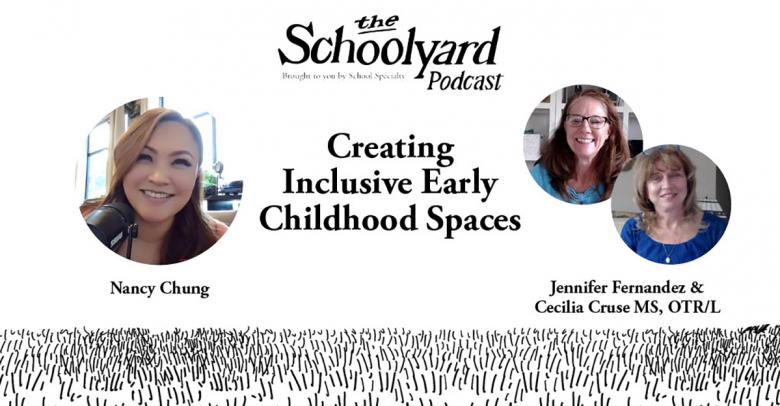A recent study from Drexel University indicates that over 55% of adults with Autism Spectrum Disorder (ASD) do not have gainful employment. Enter Danish entrepreneur Thorkil Sonne who, as a father of a child with autism, saw a business potential in his son and others like him. The resulting idea became Specialisterne, a for-profit IT company founded in 2004 that puts the unique talents of individuals with autism to work. Designing an office culture unique to the need of those on the spectrum, the company focuses on software testing, quality control and data entry…job skills that many workers with ASD can often excel in successfully. One client who hired Specialisterne workers to do data entry, for example, found that they were five to ten times more precise than other contractors. Now in over 10 countries including the US, the company is part of a rapidly expanding concept called neurodiversity in the workplace. Corporations such as Microsoft, SAP, and EY are taking notice and employing individuals on the spectrum. (The Atlantic Dec 2016)
As part of IDEA, (the Individuals with Disabilities Education Act) Transition Planning is a process mandated for all students who have an Individualized Education Program (IEP) in K-12 education. The purpose is to facilitate the student’s move from school to post-school activities. By law, the transition planning must:
- start before the student turns 16
- be individualized
- be based on the student’s strengths, preferences, and interests
- include opportunities to develop functional skills for work and community life
Educators, parents, related service providers (PT, OT, SLP services) and other members of an IEP team are often frustrated and stymied with the limited resources and opportunities that are available for students after graduation. Encouraging news with companies like Specialisterne that focus on the ability of individuals on the spectrum instead of disabilities may help shift the culture in the workplace.
A key concept that should be addressed in transitions and work plans should include the sensory preferences of individuals with autism. SOR or Sensory Over-Responsivity may be an issue. Options to reduce sound overload include: Use of earbuds, noise-cancelling headphones, and white noise machines while options to reduce overload and glare from lights can include Cozy Shades, reading rulers, colored overlays and/or even a simple baseball cap or visor. Visit our website to check out additional solutions to support high school students and transition planning.






Leave a Reply